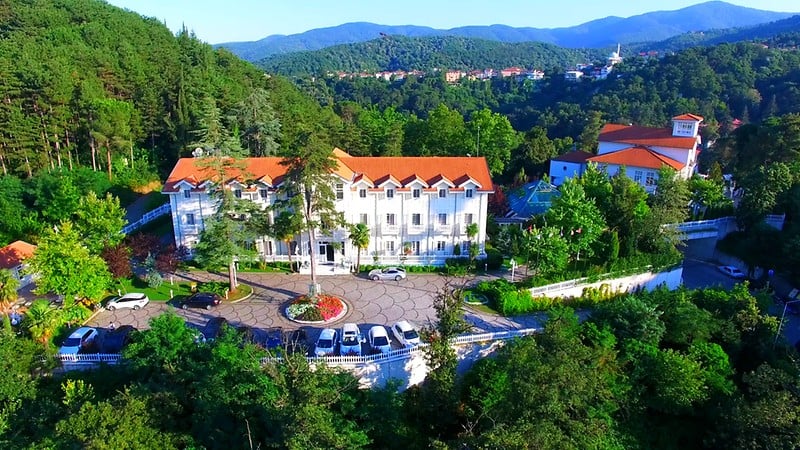Yalova, one of the smallest cities in Turkey, is a delightful place that combines natural beauty with historical importance. This fascinating city stands out with its hot springs and abundant variety of trees. It is noteworthy that the mansions that once hosted Mustafa Kemal Atatürk have been turned into a museum. Now let’s explore the fascinating places in this small but charming city:
Walking Mansion: Walking Mansion, one of the symbolic structures of the city was built for Mustafa Kemal Atatürk’s accommodation in Yalova. The mansion, built in 1929, has a remarkable story. During his visit to the mansion, Atatürk saw that the branches of the tree next to the mansion had been cut. Atatürk, known for his love of nature, wanted the mansion to be moved to avoid damaging the tree. With the rail system, the structure was moved forward by 5 meters. The reason why it was named Walking Mansion was due to this incident.
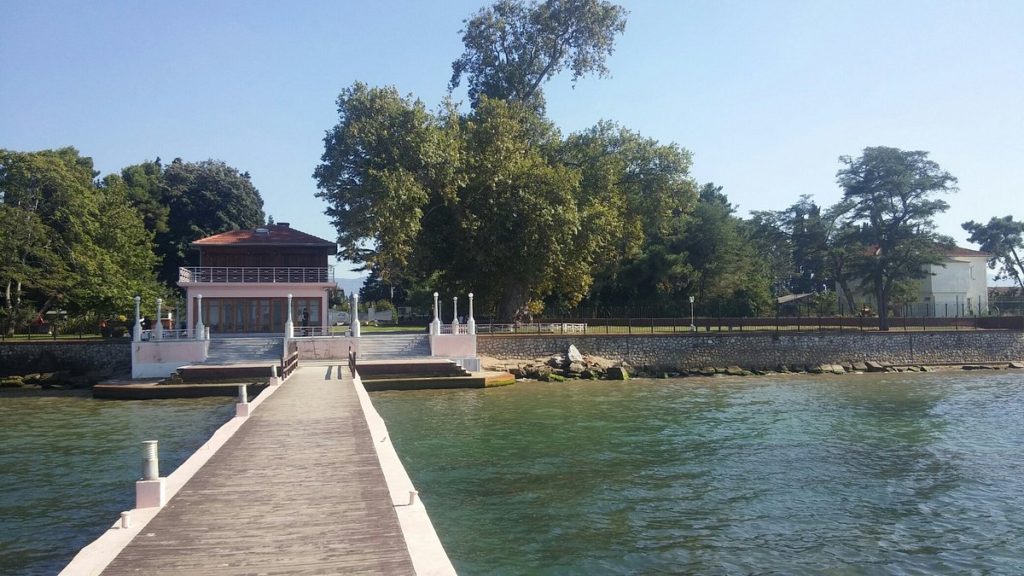
Walking Mansion, Image: tripadvisor
Atatürk Pavilion: The mansion, built in 1929, is one where Mustafa Kemal Atatürk stayed during his visit to Yalova. The mansion, which consists of two floors in total, was completed in 38 days.
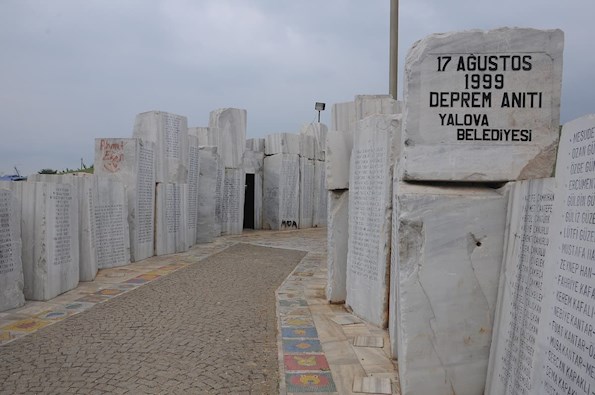
Earthquake Monument
Earthquake Monument: The earthquake of 17 August 1999 is one of the most painful natural disasters that happened to Turkey. One of the regions most affected by the earthquake was Yalova. The Earthquake Monument was built in 2000 in memory of those who lost their lives in the earthquake. The names of 2504 people who lost their lives are written on the monuments.
Yalova Open Air Museum: The museum sheds light on the city, which has a deep-rooted history of approximately 6000 years. Many important historical artefacts from the Roman, Byzantine and Ottoman periods are presented to visitors here. The museum welcomes its visitors in a lush green area intertwined with nature.
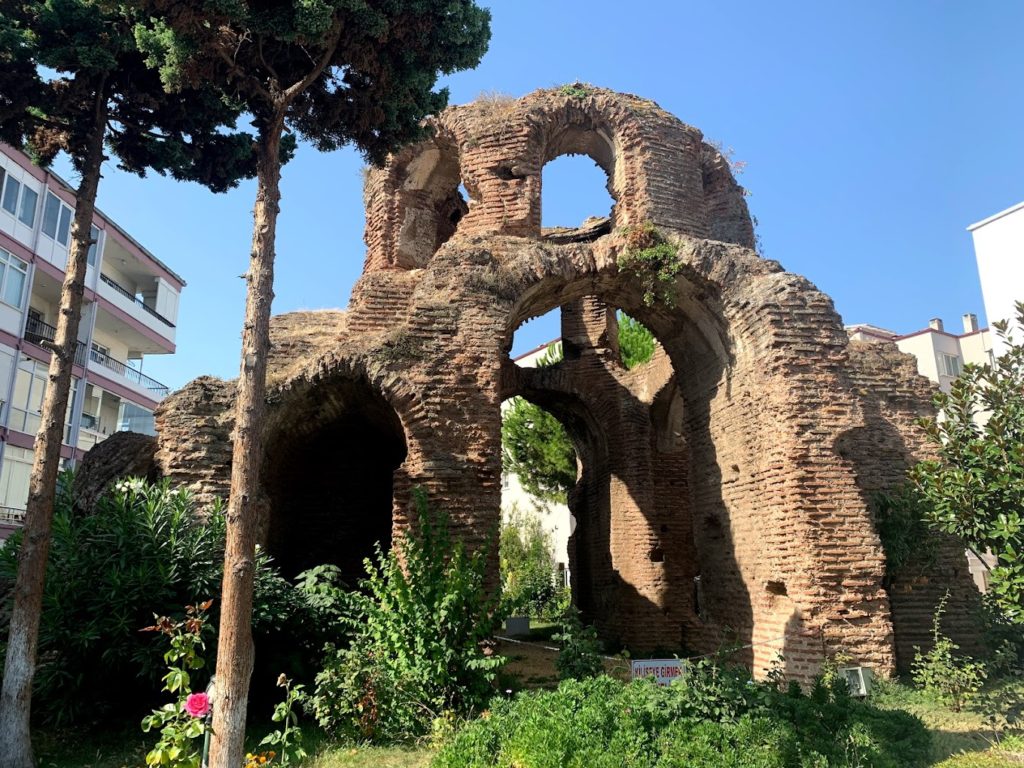
Black Church (Kara Kilise)
Black Church: Among the churches from the Early Byzantine Period, the Black Church is one of the best examples of the free cross plan. The church, which is among the symbolic structures of Yalova, has a wide door and barrel vaults. It was used as a bath in the 6th century, and later in A.D. It was used as a church in the 8th and 9th centuries. It is currently unusable has not been restored and is in a state of disrepair.
Armutlu Thermal Springs: Armutlu Thermal Springs, which continues its old healing function today, is visited by many local and foreign tourists. Thermal springs, which have been active since the Byzantine Period until today, are good for many diseases. The healing waters of the spa come from numerous springs lined up along the stream bed in a valley covered with trees and maquis.
Thermal Spas: One of the districts of Yalova that are famous for its healing water is Thermal. Thermal waters that emerge at many points within the district have been providing healing to many people from past to present. The temperature of the water varies between 40 and 70 degrees. These hot springs are very good for many types of ailments, from skin diseases to respiratory diseases.
Sudusen Waterfall: Sudüşen Waterfall offers its visitors the best opportunities for nature walks. It is possible to spend a pleasant day in touch with nature in the region, which stands out with its oxygen-rich air, lush green nature and unique view. In addition to hiking, there are also areas where you can camp in the region.
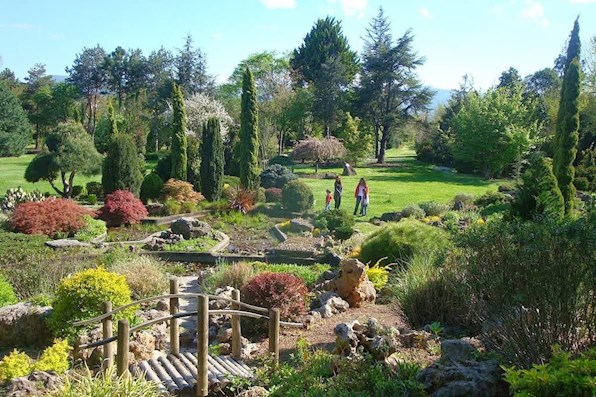
Karaca Arboretum
Karaca Arboretum: Karaca Arboretum was designed by Hayrettin Karaca, who founded the TEMA Foundation, in 1980. It is located in an area of 135,000 square meters. This place also serves as an open-air museum. It contains approximately 7000 trees brought from all over the world. Among the most notable are Prunus, Acer, Malas, Magnolia, Betula, Pinus, Quercus, Picea and Ağabeyes trees.
Dipsiz Lake: It is also called Crater Lake due to the part of the ground that is constantly collapsing. Frequent collapse causes wonderful views of natural beauty to emerge. Different species of fish live in the lake. There are tree species such as elm, fir, linden and chestnut around the lake.
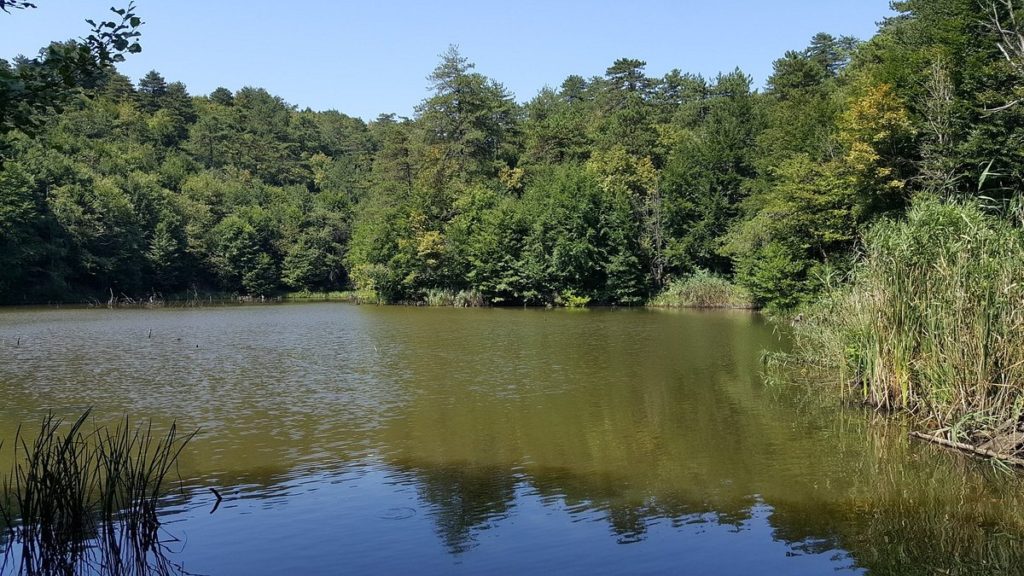
Dipsiz Lake, Image: tripadvisor
